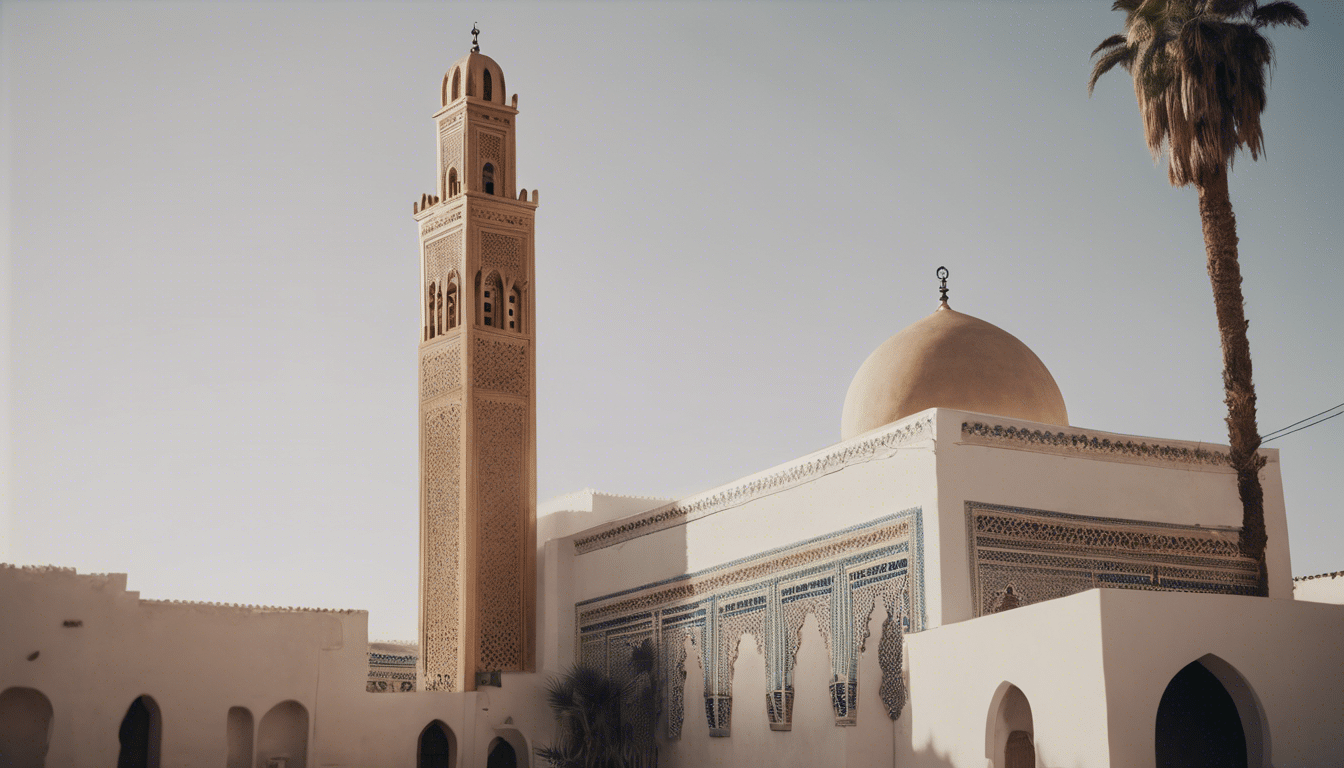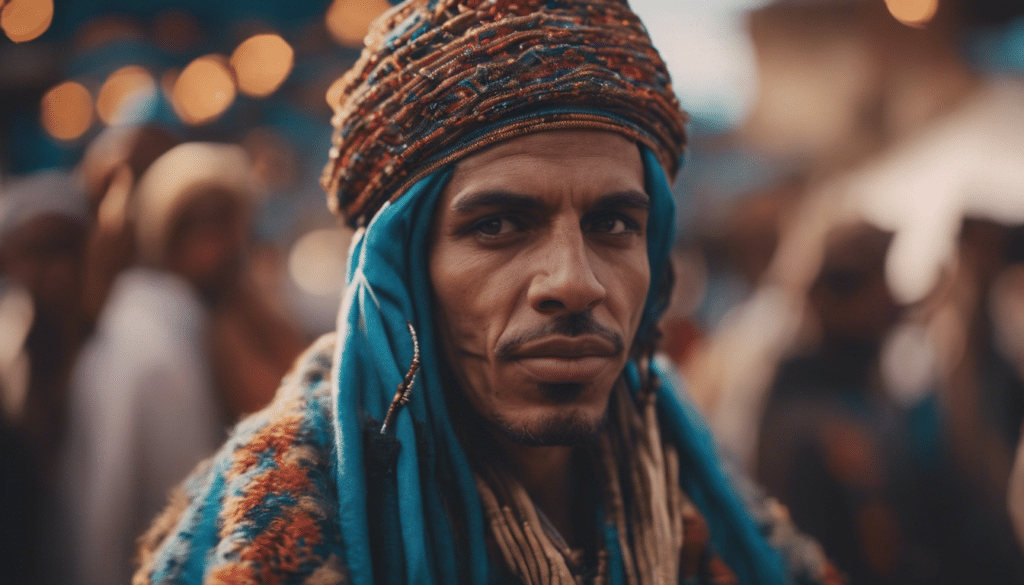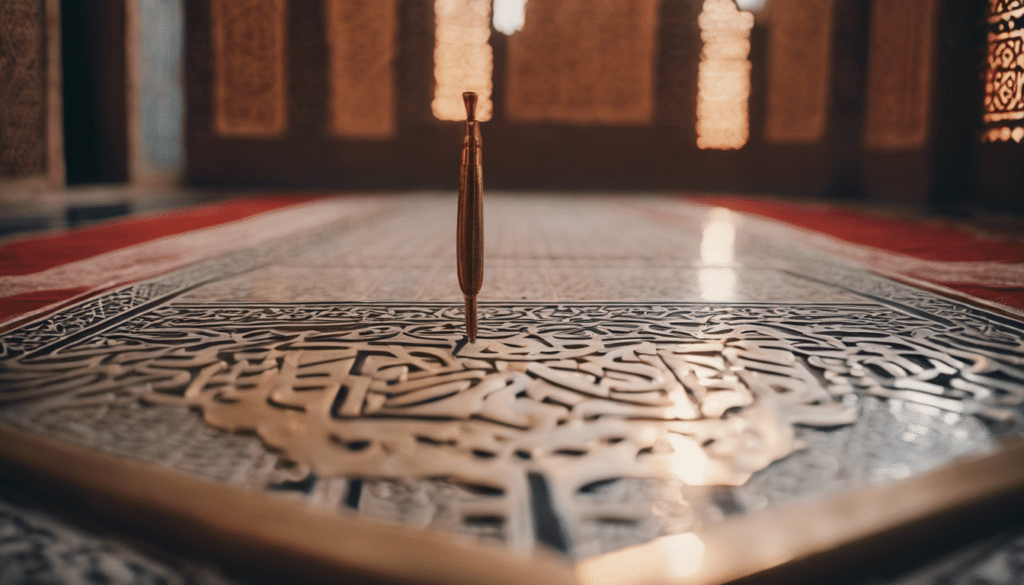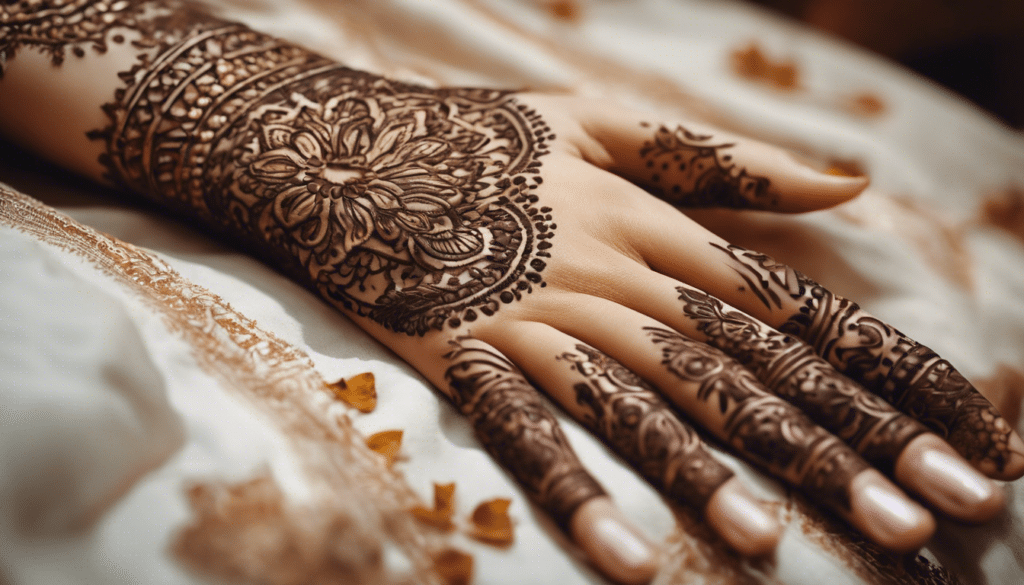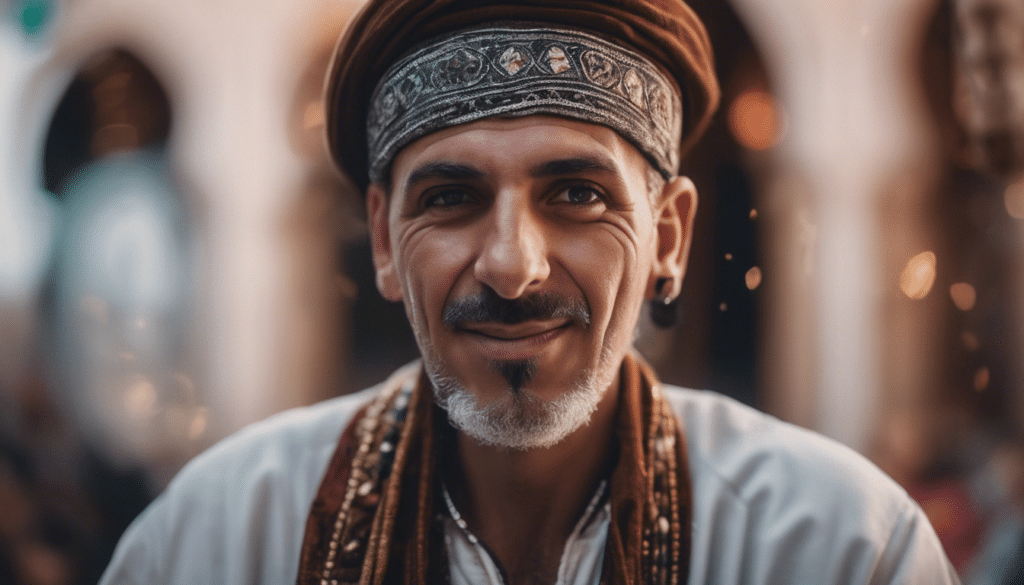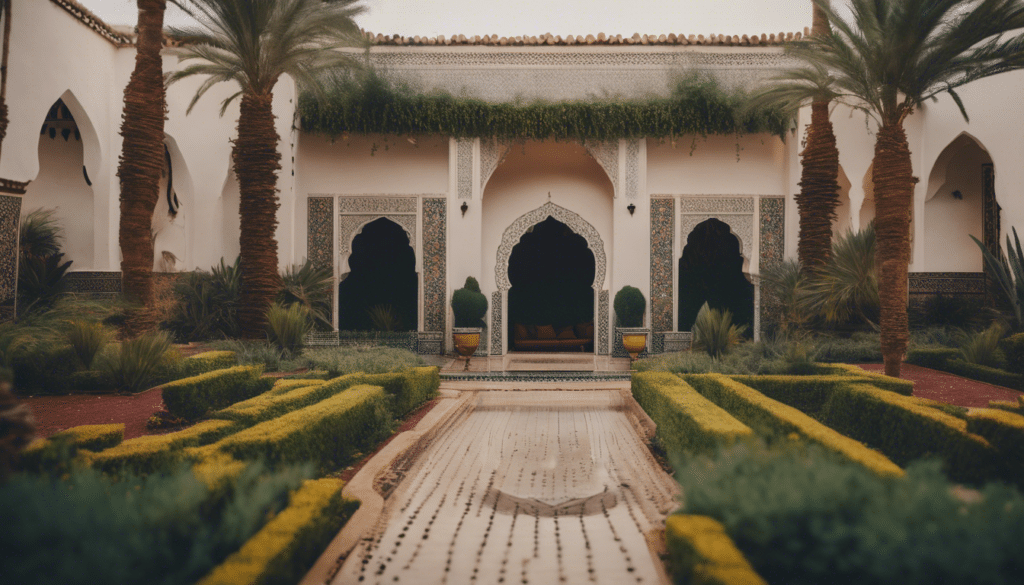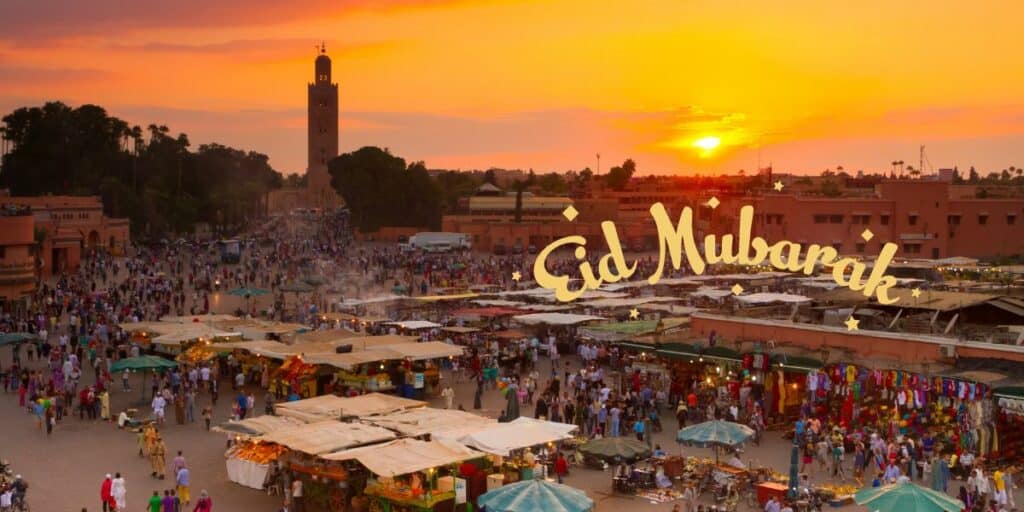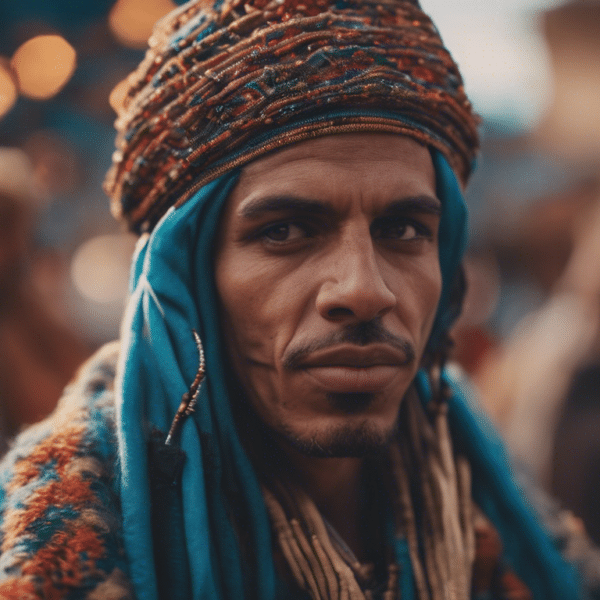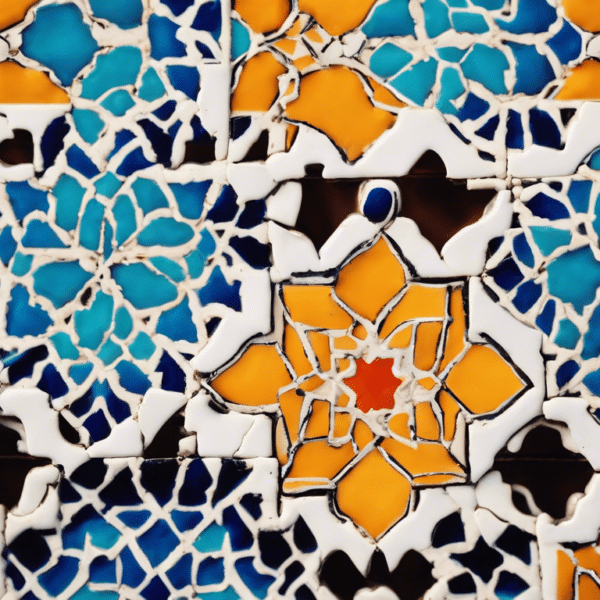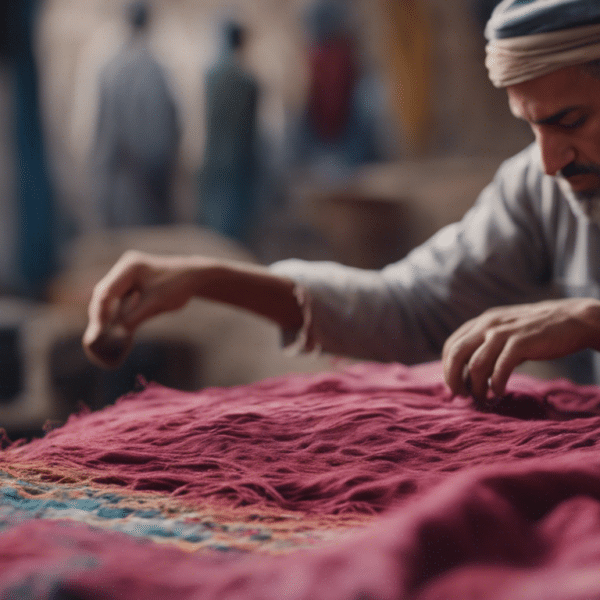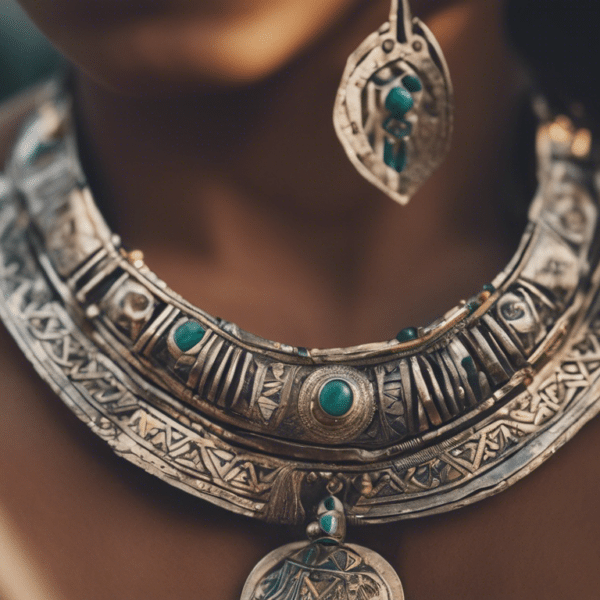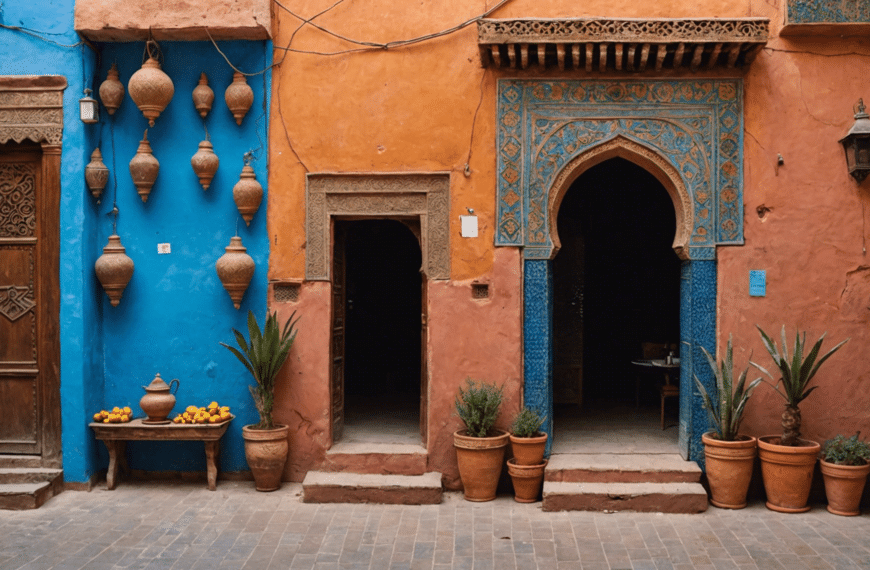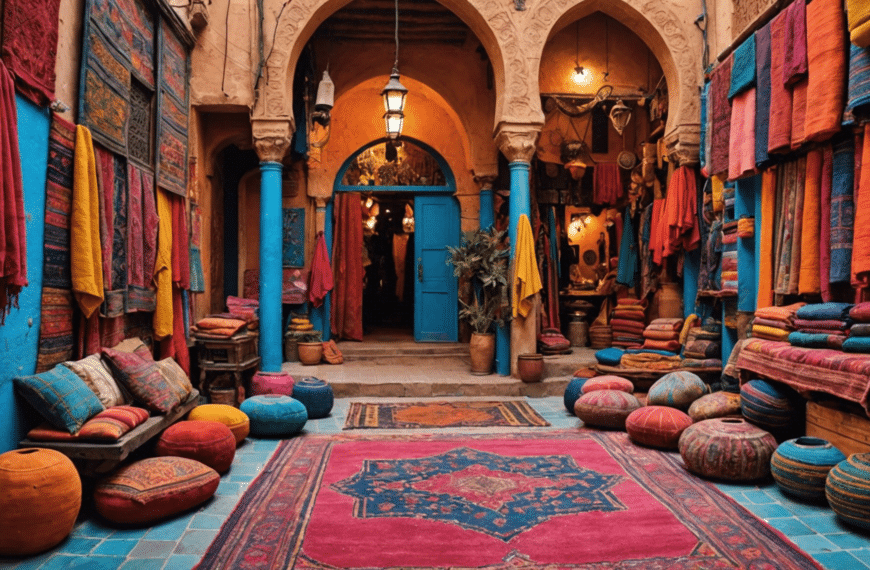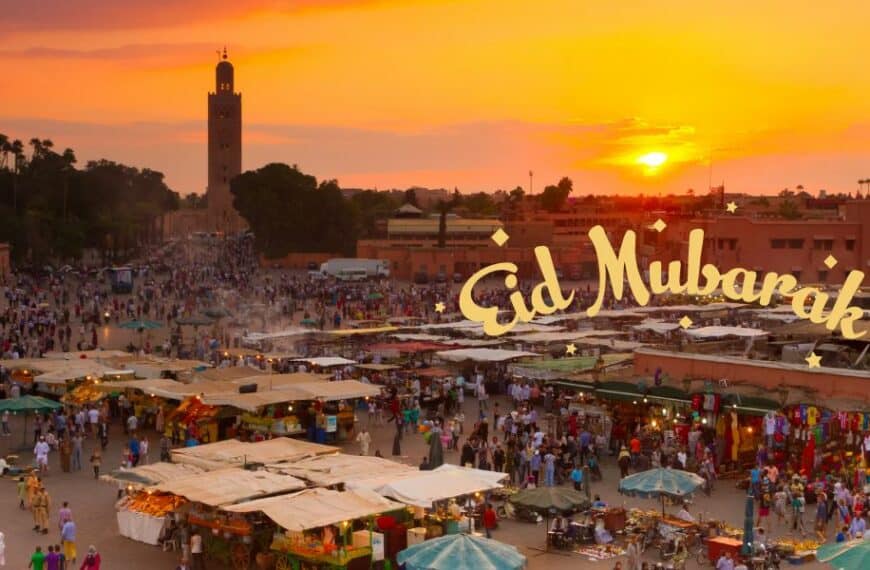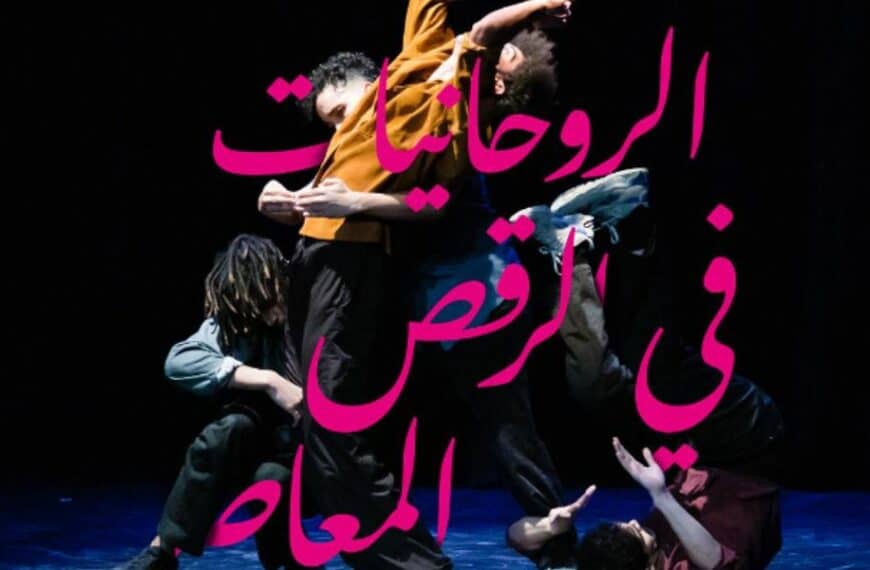Journey with me into the soul-stirring depths of Morocco’s spiritual landscape, where each mosque stands as a testament to devotion, artistry, and the profound sacredness that permeates the very air. Unveil the stories etched into their intricate archways and the prayers that reverberate off their ancient walls. Together, let’s explore the essence of what makes Moroccan mosques not just structures of worship, but sanctuaries of a rich, enduring faith.
The Essence of Sanctity in Moroccan Mosques
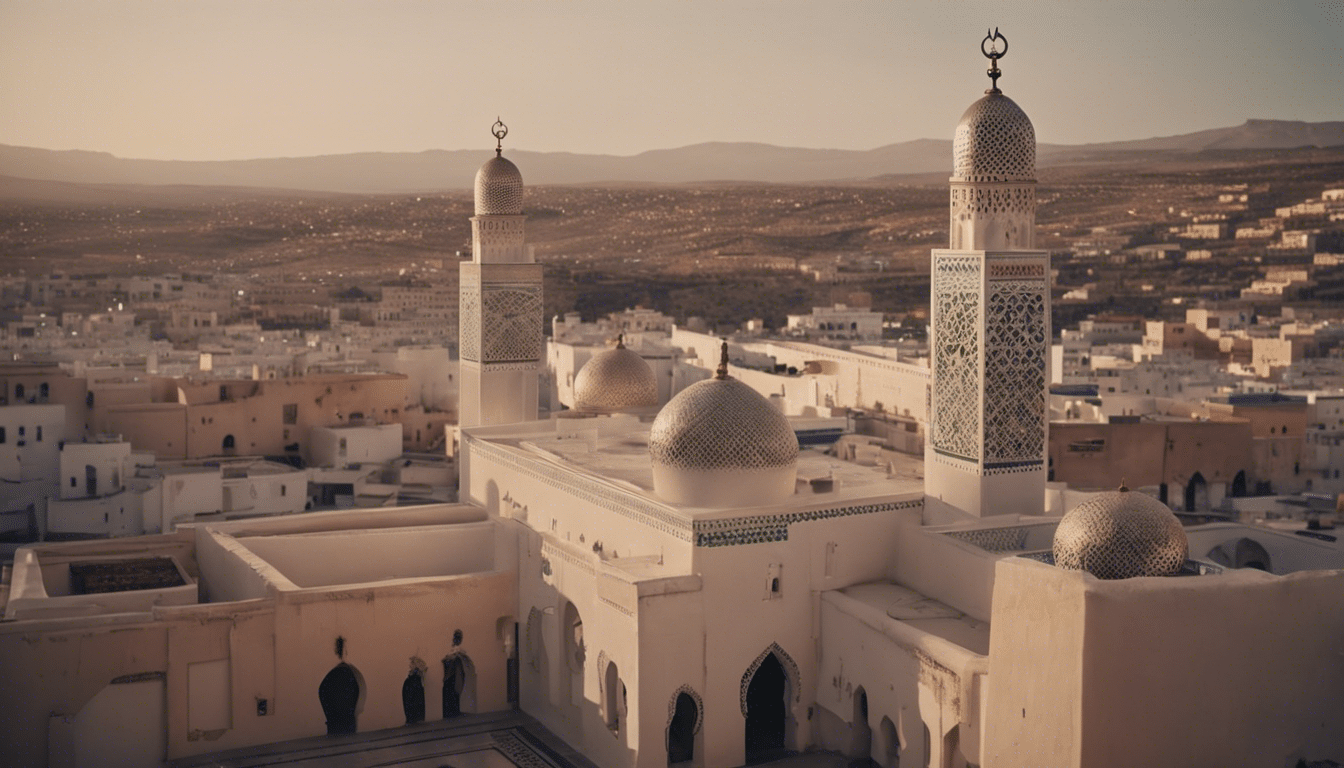
As the morning sun breaks over the horizon, casting a warm golden hue over the intricately tiled minarets, there begins the symphony of calls to prayer. These ethereal chants resonate through the winding streets and across the rolling landscapes of Morocco. The mosques that stand at the heart of this spiritual serenade are not just structures of worship but embodiments of sanctity and tradition.
The Architectural Splendor of Moroccan Mosques
Venture through the cities of Morocco, and you’ll discover that each mosque is a wondrous tapestry of design and devotion. From the grandeur of the Koutoubia Mosque in Marrakech to the spiritual resonance that envelops the Hassan II Mosque in Casablanca, every edifice tells a unique story of faith. The common threads that bind them? A reverence for the divine, articulated through awe-inspiring architecture that has withstood the test of time.
Crafted with geometric precision, the meticulous stonework, the elaborate stucco designs, and the vibrant zellige tiles create more than an aesthetic wonder; they form a harmonious space that beckons the faithful to reflect and find peace.
The Role of Mosques in Moroccan Society
In the heart of Morocco’s bustling medinas and tranquil villages, mosques are far more than mere places of prayer. They are communal havens, the soul of every neighborhood—a place where the rhythms of daily life are punctuated by calls to prayer, and a sense of community is fostered within their sacred walls.
These places of worship also serve as educational centers, historically hosting lectures and discourses on Islamic jurisprudence and theology. The interwoven social and educational roles ensure that mosques remain central to the moral and intellectual fabric of Moroccan society.
Spiritual Significance and Daily Prayers
For believers stepping into the soothing ambiance of a Moroccan mosque, the connection to the divine is palpable. Here, the act of prayer transcends the physical realm, offering a moment of solace and spiritual elevation amidst the rush of everyday existence.
The daily prayers, or Salah, are not just religious obligations but also moments for personal solace and communal bonding. Alongside the Friday congregational prayers, known as Jumu’ah, mosques serve as a foundation for the spiritual growth and unity of the Muslim community.
Preserving Tradition through Art and Craftsmanship
Moroccan mosques are custodians of an ancient craft heritage. The meticulous work of artisans, who have passed down their skills through generations, culminates in every detail—from the handcrafted minbar (pulpit) to the majestic fountains gracing the courtyards.
Each element within the mosque mirrors the country’s rich cultural mosaic, preserving tradition while also pushing the boundaries of creativity and craftsmanship. It is in their very walls that the stories of Moroccan artists and their unwavering devotions come to life.
Festivals and Religious Observances
The cultural tapestry of Morocco is vibrant with religious festivals and observances, many of which find their heart within the mosques. From the fast-breaking feasts of Ramadan to the profound reflections during Hajj, these occasions are amplified by the encompassing aura of mosques.
As the guardians of sanctity and tradition, Moroccan mosques are not merely landmarks but beacons of spirituality, guiding the way for the devout and the curious alike. Each call to prayer, each tiled archway, each flicker of light from an ornamental lantern weaves a story of reverence—a thesis on the essence of sanctity within the walls of Morocco’s hallowed mosques.
In the perpetual dance of shadows and light, as the faithful congregate and the silence of anticipation hangs heavy before the Imam’s invocation, there is a profound sense of belonging. Here, in the sacred confines of Moroccan mosques, lies a world where every stone, every echo of the Adhan, speaks of a spirituality that is timeless, echoing the heartbeat of a land where faith and artistry embrace.
Understanding the Religious Significance of Moroccan Mosques
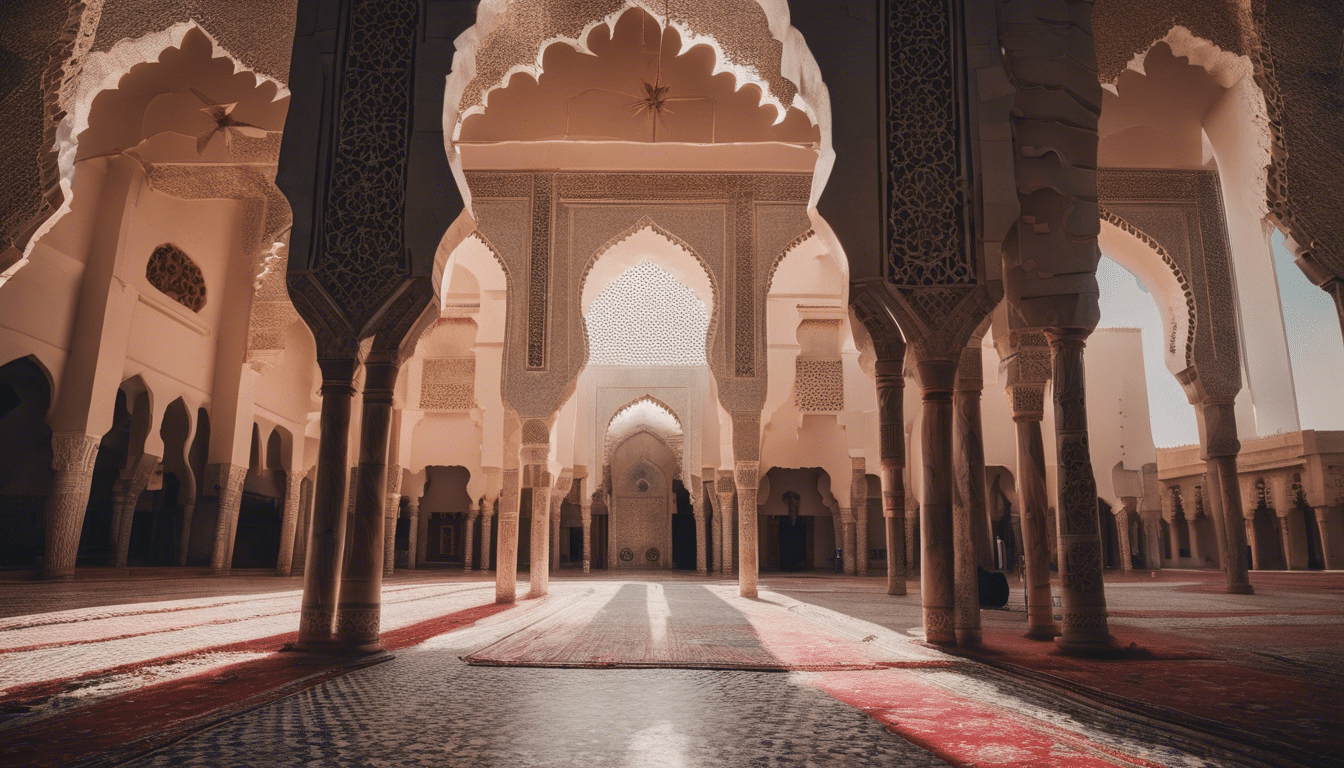
Morocco, a country with a tapestry rich in cultural diversity and religious heritage, holds its mosques in high reverence. These sacred structures are more than mere places of worship; they are embodiments of spiritual significance, community centers, and showcases of the intricate art and architecture that define Islamic traditions. Today, we delve deeper to appreciate the profound essence that Moroccan mosques encompass.
The Social and Spiritual Heartbeat
Moroccan mosques stand as the heartbeat of every city, town, and village. A call to prayer resonates five times a day, threading through the air, inviting believers to reflect, connect, and renew their faith. It’s a routine rhythm that orchestrates the pattern of daily life. Here, the mosque is a social anchor, a place where community bonds are strengthened. From the grand, historic mosques to the humble neighborhood ones, each holds a story, a place of solace, and a shared spiritual journey for its attendees.
Architectural Marvels and Artistic Expression
Moroccan mosques are recognized for their stunning architecture and artistic expression. They manifest through magnificent minarets, like the towering Koutoubia in Marrakech, which not only serves as a spiritual beacon but also assists travelers in orienting themselves. Within their walls, the mosques showcase the rich Islamic artistry, from zellige tilework and intricate plaster carvings to handcrafted wooden elements. They stand testament to the creativity and craftsmanship passed down through generations.
The Educational Hub of Moroccan Society
Beyond their primary role in religious observance, many Moroccan mosques also serve as educational hubs. Offering study circles, known as ‘halaqas,’ and housing ancient libraries teeming with classic Islamic texts, these mosques nurture knowledge and wisdom. They contribute significantly to the literacy and learning of Islam’s teachings, maintaining a vital connection between faith and education in Moroccan society.
A Reflection of Islamic Teachings and Morality
Within the Islamic faith, mosques are more than edifices. They are mirrors reflecting the core teachings and ethic of Islam, promoting values such as charity, community, and the pursuit of knowledge. The practice of ‘Zakat,’ one of the five pillars of Islam, is often organized and distributed through mosques, reinforcing their role in fostering societal support systems and aiding the less fortunate.
Embracing the Legacy and Moving Forward
In contemporary times, Moroccan mosques continue to be cornerstones of society, embracing modernity while preserving their foundational legacy. Efforts are made to integrate environmental considerations into their operations, with initiatives like the ‘Green Mosques’ project that aims for sustainable energy use. The future of these mosques promises an adherence to tradition coupled with an awareness of the need for progress and change.
In conclusion, Moroccan mosques are more than just religious landmarks; they are the soul of the Moroccan ethos, radiating the essence of Islamic beliefs, culture, and community life. They are treasures of faith and symbols of a people’s devotion, the silent narrators of a history rich with spirituality and learning. As vibrant centers of worship and learning, Moroccan mosques hold a special place not just in the hearts of the faithful, but also in the mosaic of global heritage.
Architectural Elements that Convey Sacredness
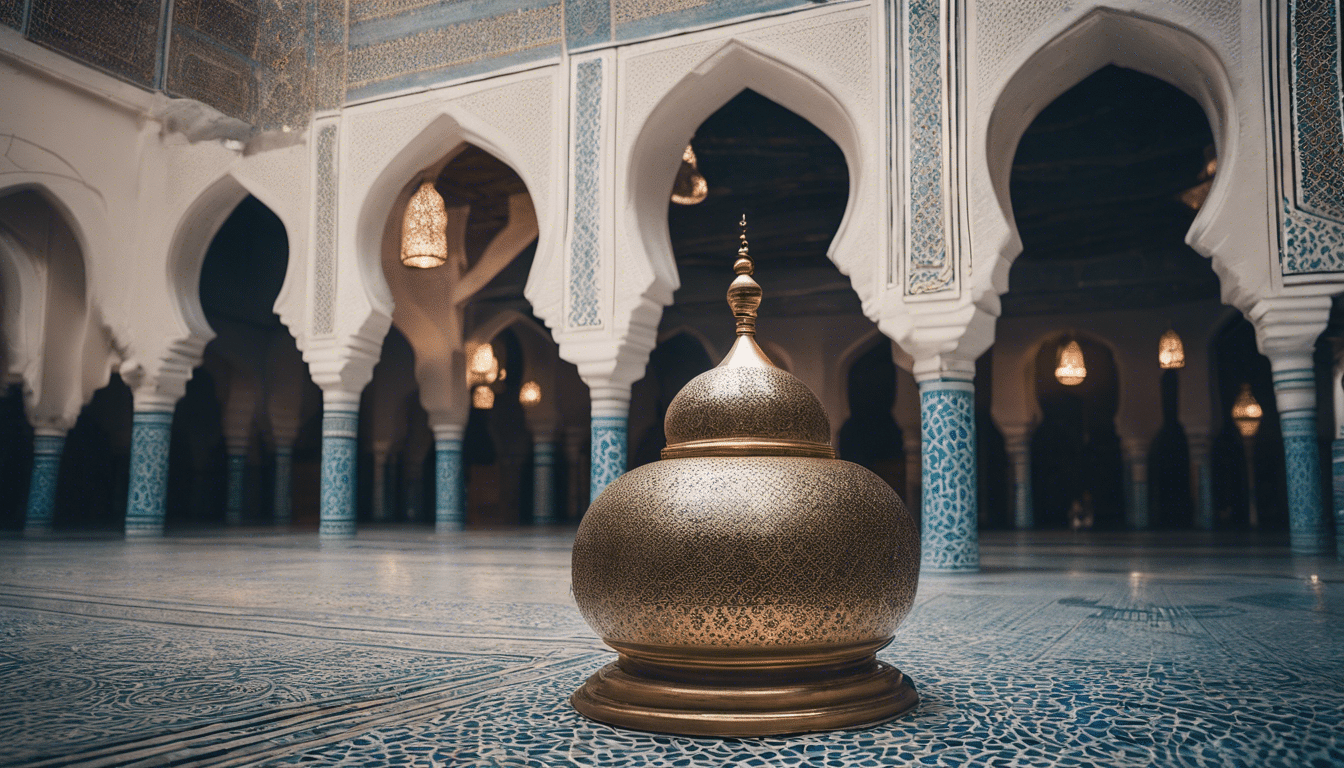
The graceful silhouette of a minaret piercing the sky, the intricate floral patterns adorning the walls, the hypnotic repetition of arches and domes – these architectural elements are emblematic of a mosque’s divine purpose. When you step across the threshold of such a sacred space, it’s almost as if the very structure of the building conveys a message of spirituality and serenity. Mosques around the world have been meticulously designed to not only serve as places of worship but also to visually and emotionally communicate the sacredness of the Islamic faith.
The Minaret: A Call to the Heavens
The minaret, a towering spire usually attached to the mosque, serves as a potently symbolic element. From this high point, the call to prayer, or adhan, is projected across communities, inviting believers to pause and reconnect with their faith. More than a practical feature, the minaret’s imposing height connects the earth to the heavens, acting as a visual reminder of the Islamic journey from the temporal to the spiritual realm.
Spiritual Geometry: The Significance of Islamic Patterns
Within the mosque, geometry takes on a sacred and spiritual significance. The complex geometric patterns that frequently decorate walls, ceilings, and floors are not random; they represent the infinite nature of the Creator. These patterns often incorporate the endless loop of the circle suggesting eternity, and the perfection of order, both of which elevate the atmosphere within the mosque to one that is divine.
Arches and Domes: Echoes of the Cosmos
Arches and domes are prominent in mosque architecture, symbolizing the vault of the heavens. The domes, in particular, serve as metaphors for the universe with their all-encompassing embrace. This architectural element is not just about aesthetics; it is believed to facilitate the travel of prayers upwards, towards the celestial. Furthermore, the acoustics created by domes can enhance the reverberation of prayers and Quranic recitations, enriching the sensory experience of the worshippers.
Reflective Pools and Courtyards: A Respite for the Soul
Many larger mosques include reflective pools and expansive courtyards within their premises. These serene spaces encourage introspection and meditation, acting as quiet sanctuaries away from the hustle and bustle of daily life. They not only bring a sense of tranquility and reflection but also physically cool the environment, which can be particularly significant in hot climates.
Light and Illumination: Interplay with the Divine
The role of light in mosques is twofold – it serves as illumination and as a metaphor for enlightenment and divine presence. Stained glass windows, intricately carved lanterns, and strategically positioned openings are designed to capture and enhance natural light, creating an environment that is quite literally ‘illuminated’ with spirituality. At night, the artificial lights are used to highlight the mosque’s architectural features, ensuring that its sacredness is conveyed around the clock.
Whether through the minaret that calls out to the faithful or the geometric artistry that speaks to the complexity of creation, mosques are masterpieces that resonate deeply with the sacred. They are not just buildings; they are enduring symbols of the connection between the human and the divine, a bridge from the material to the metaphysical. For travelers like our dear art enthusiast, these architectural elements of mosques are not mere structures, they are poetic expressions that encapsulate centuries of religious devotion and artistic endeavor.

